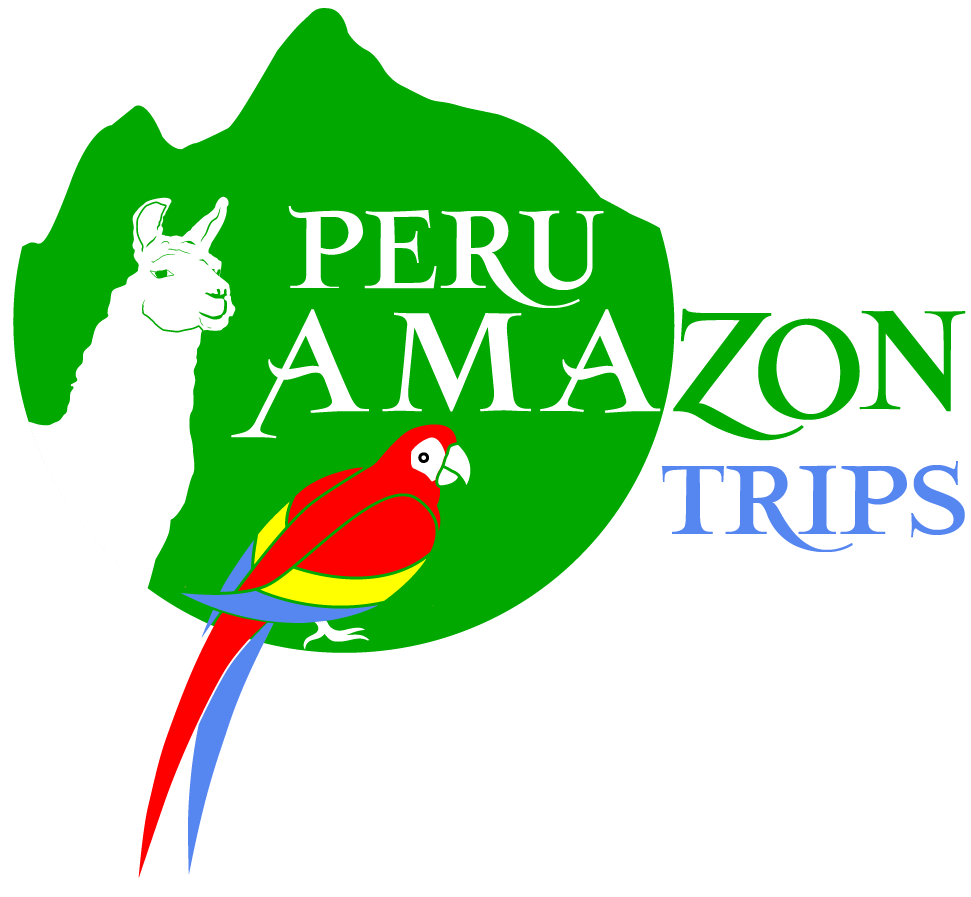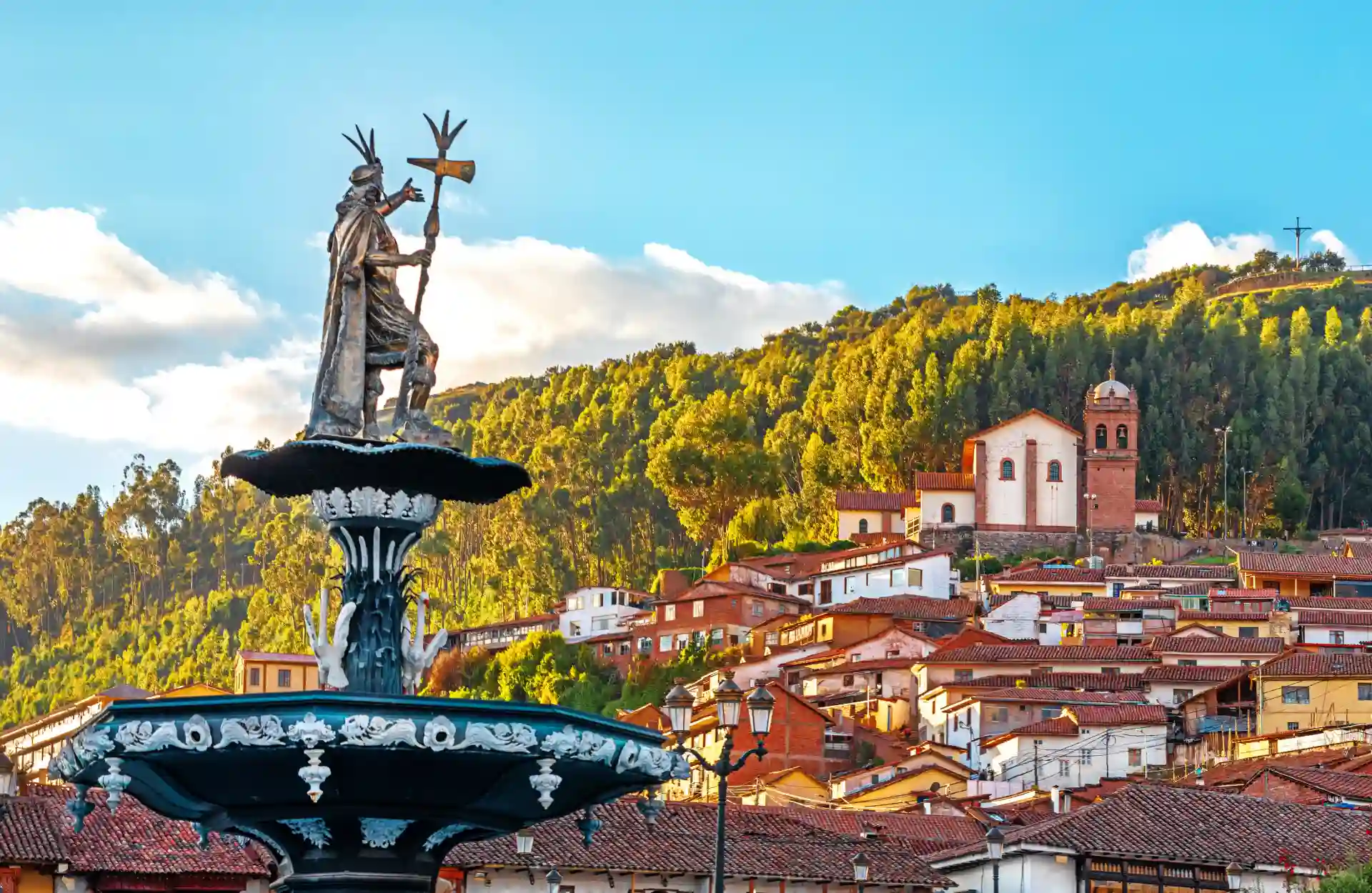In the annals of Inca history, the ninth ruler stands out as a formidable warrior, a visionary architect, and a leader who left an indelible mark on the empire. Pachacuti Inca Yupanqui, adorned in rose-colored llauto, wielded a golden sling, carving greatness in a tumultuous era.
Pachacuti’s military prowess and distinctive attire set him apart on the battlefield, earning him a reputation as a victorious warrior. But his influence extended beyond the realms of war. A trailblazing ruler, he initiated ambitious projects, constructing temples, idols, and religious structures, shaping the spiritual landscape profoundly.
The era showcased grandeur and hardship, marked by divine retribution through famine, thirst, and pestilences, impacting the Inca people profoundly.
Yet, Pachacuti Inca Yupanqui’s story is not one of unbridled triumph. His reign was marked by the echoes of biblical punishments and historical calamities, a reminder that even the mightiest rulers are subject to the whims of the divine. Nevertheless, Pachacuti’s legacy transcends the trials of his time.
Join us on a journey through the life and times of the ninth Inca ruler, Pachacuti Inca Yupanqui. Explore the intersections of military might, architectural marvels, and divine interventions that defined his reign.

According to Guamán Poma de Ayala:
The ninth Inca, Pachacuti Inca Yupanqui, was a formidable warrior with distinctive attire, known for his success in battle. Armed with weapons and a rose-colored Ilauto, Pachacuti Inca Yupanqui also adorned himself with a mascapaycha and feather. Focused in battle, he maintained unwavering attention, slinging at enemies with his right hand and shielding himself with the left.
Cloaked in distinction, the warrior wore a green mantle and a shirt with two plain orange stripes.
Pachacuti stood tall, a gentleman of commanding presence, marked by a round face, wild demeanor, and eyes echoing a lion’s gaze.
He initiated the construction of temples, idols, and religious structures, creating orders and enforcing strict punishment for sins. In his era, the kingdom faced much suffering, including famine, thirst, pestilences, and God’s punishment, with no rain for seven or, as others say, ten years, along with storms. Most of the time was spent in mourning and burying the deceased.
Despite his military victories and wealth, Pachacuti Inca suffered divine retribution, reminiscent of biblical punishments and historical calamities.
His conquests expanded the kingdom to include Chile, Chaclla, Chinchaycocha, Tarma, Aucha, and parts of the plains inhabited by the Yunga Indians. Married to Mama Anauarque and died in Cuzco at the age of eighty-eight.Pachacuti Inca Yupanqui, wealthy ruler, left a legacy: Mama Ocllo, Topa Inca Yupanque, and others, including illegitimate children.
He ruled for nine Inca generations, totaling twelve hundred and ten years.

According to Inca Garcilaso de la Vega
The following information is found in the famous series of books called: “Real Commentaries of the Incas”.
For further specification, in the Sixth book, chapter ten. This history begins after Pachacuti father’s death, Inca Viracocha.

After the demise of Inca Viracocha, his rightful heir, Pachacútec Inca, ascended to power. Following elaborate funeral rites, he spent three years governing from his court. Subsequently, he personally toured each province, emphasizing the importance of governance and justice. Even though his inspections found no transgressions, these periodic visits were crucial to prevent neglect or abuse by regional authorities in his absence.
Pachacútec, prioritizing justice and equality, ensured direct communication between the ruler and his subjects during these visits. This commitment to fairness earned the Incas great admiration, resonating for centuries among their people. Another three years were dedicated to these travels.
Returning to his court, Pachacútec recognized the need for a balance between military preparedness and peaceful governance. To dispel any perception of cowardice, he called upon thirty thousand warriors, including his valiant brother Cápac Yupanqui. Together, they ventured into the Chinchasuyu district, marking the farthest conquest in that direction.
The first Expansive Campaigns
Inca Capac Yupanqui’s strategic approach to conquest unfolded as his well-prepared brother embarked on the mission to conquer Sausa, known as Xauxa after corruption by the Spaniards. The province, adorned with over 30,000 Huanca inhabitants, held a rich heritage. These people, unified under the common name and lineage of Huanca, took pride in tracing their ancestry to a man and a woman emerging from a sacred spring. Their martial spirit was evident in practices like flaying captured foes and filling skins with ash as war trophies. Internal disputes over agricultural land and town boundaries led them to fortify their small villages akin to fortresses.
The Huanca, in their pre-Inca pagan beliefs, worshipped a dog idol and consumed dog meat during festivals. The Incas abolished these practices, substituting dog heads with those of horned animals. Post-conquest, they venerated a human-like idol, acting as a talking oracle in alignment with Inca beliefs, departing from animal figure worship.
Inca Capac Yupanqui diplomatically conquered the powerful Huancas using gifts and flattery. Post-conquest, strategic divisions and cultural sensitivity marked his approach, ensuring a stable and cooperative integration.

Exploring Provinces and their Customs, Addressing Sodomy Punishments.
We continue on the eleventh chapter.
With the same good order and skill, Inca Cápac Yupanqui conquered many other provinces in that region, both to the left and right of the royal road. Among them, the provinces of Tarma and Pumpu, known as Bombón to the Spaniards, were considered the most significant. Inca Cápac Yupanqui easily subdued these fertile provinces through his clever tactics, using gifts and promises. Despite the valiant and warrior-like nature of the inhabitants, there were occasional skirmishes resulting in casualties, but ultimately, they surrendered with little resistance.
The people of Tarma and Pumpu, along with neighboring provinces, had unique customs such as considering a kiss on the forehead or cheek as a marriage symbol. Widows shaved their heads as a mourning tradition and were not allowed to remarry within the year. Men refrained from eating meat, salt, and pepper during fasting, and they did not sleep with their wives. Those dedicated to religion, akin to priests, observed year-round fasting for their communities.
Expansion to the west
After conquering Tarma and Pumpu, Inca Cápac Yupanqui continued his expansion, bringing under his rule provinces to the east, towards the Antis, which were previously lawless territories without order or governance. Inca Pachacútec brought these regions, spanning over thirty leagues north to south and east to west, into obedience through persuasion and simplicity, as the inhabitants learned the Incan doctrines and settled into organized communities.
Moving forward, Inca Cápac Yupanqui encountered the Chucurpu province, inhabited by a bellicose, barbaric people with harsh customs. They worshiped a tiger for its ferocity and bravery. The Inca faced challenges in dealing with this fierce nation, resulting in conflicts that claimed thousands of lives. Eventually, the Chucurpu people surrendered to the power, gentleness, and mercy of Inca Cápac Yupanqui, recognizing the superiority of Inca rule over their previous ways of life. The Inca leader, through astuteness, gifts, and diplomacy, secured peace with Chucurpu, leaving governors and necessary ministers to guide the locals in adopting Incan laws and customs, as well as worshiping the Sun. The Inca leader also stationed a garrison to maintain control over the conquered territories.

Ancara and Huayllas
Then he moved to the right side of the royal road, employing the same skill and cunning (which we abbreviate to avoid repeating the same events).
He subjugated two other very large provinces with a substantial population, one called Ancara and the other Huayllas. In each of these, like in the others, he left government officials, ministers for finance, and the necessary garrison. In Huayllas, he sternly punished those secretly involved in the abominable vice of sodomy, upholding strict standards against such acts.
Up until then, this sin had not been found or noticed among the indigenous people of the highlands, although it was known in the lowlands, as mentioned earlier. The discovery of such practices among the Huayllas caused great scandal, giving rise to a saying among the indigenous people of that time that endures to this day as a disgrace to that nation: “Astaya Huayllas,” which means “Move away there, Huayllas,” as if they emanated a foul odor due to their ancient sin, despite it being practiced by a few in great secrecy and well-punished by Inca Cápac Yupanqui.
Having accomplished what has been mentioned, and deeming that he had gained enough for the time being—covering a stretch of sixty leagues from north to south and the width from the plains to the great range of the Sierra Nevada—he returned to Cuzco after three years of departure from the city. There, he found Inca Pachacútec, his brother, who welcomed him with great festivities and triumphs for his victories, lasting for a lunar month, as the indigenous people measure time in lunar cycles.
Legacy: Architectural Wonders, Legal Reforms, and New Conquests
After the festivities and many rewards granted to the field masters, captains, and local leaders who participated in the conquest, as well as the soldiers who distinguished themselves, the Inca decided, a few months later, to revisit his realms, considering it the greatest favor and benefit he could bestow upon them.
During this visit, he ordered the construction of temples in the most noble and wealthy provinces, dedicated to the honor and reverence of the Sun, for the worship of the indigenous people. Houses for the chosen virgins were also founded, always accompanied by temples. These establishments were highly favored by the locals as it made them inhabitants and natives of Cuzco.
Apart from temples, the Inca commanded the construction of numerous fortresses on the frontiers of yet-to-be-conquered territories and royal houses in the valleys, pleasant locations, and along the roads where the Incas could lodge when traveling with their armies. He also directed the creation of granaries in individual villages to store provisions for times of necessity, aiding the local inhabitants.

Law Establishment
The Inca established many specific laws and regulations, aligning them with the ancient customs of the provinces where they were to be observed. Inca rulers allowed traditional practices, avoiding conflicts with idolatry or laws, portraying them as uplifters, cherishing principles that respected nature.
After completing the three-year visit, the Inca returned to his court, spending some months in festivities and celebrations. He soon discussed with his brother, second in command, and council, planning to resume the conquest of the Chinchasuyu provinces.
This region offered profitable lands for conquest, unlike the challenging mountainous terrains of Antisuyu. Inca Cápac Yupanqui would led the expedition, given his previous demonstration of prudence and valor. The decision: sending the heir, sixteen-year-old Inca Yupanqui, recently knighted in the Huaracu ceremony, for esteemed military experience.
Fifty thousand warriors went for the campaign. Inca and nephew reached Chucurpu, furthest Empire point, advancing conquest as planned.
To Conclude
In summary, Pachacuti’s transformative reign not only reshaped the Inca Empire through strategic conquests but also fostered cultural and architectural advancements.
His military brilliance, coupled with a commitment to justice and governance, solidified his legacy as a revered Inca leader. Pachacuti’s enduring impact, evident in the monumental structures and societal reforms he initiated, highlights the profound influence he had on shaping the rich tapestry of Inca history.


